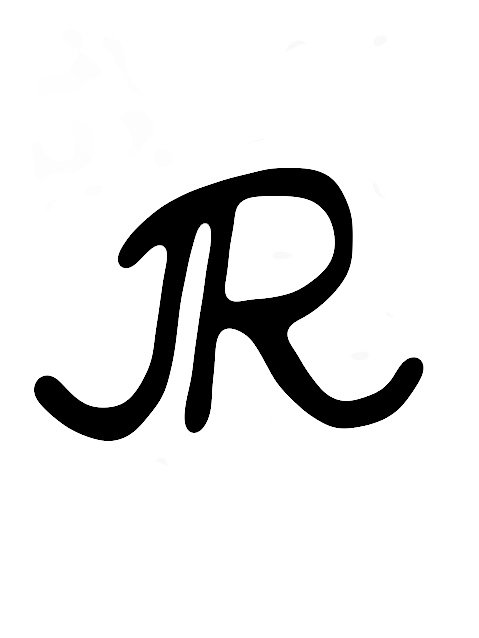Ebonisation
Ebonisation is a generic term for a range of techniques used to change the colour of wood, usually a lighter coloured wood is made darker (more like ebony, hence the name). I primarily use two techniques.
Iron acetate
See also https://en.wikipedia.org/wiki/Iron(III)_acetate and https://en.wikipedia.org/wiki/Iron(II)_acetate.
Iron acetate (ferric acid) is a compound that is formed when iron reacts with an acetic acid, forming the ferric acetate, and releasing hydrogen gas. A common home recipe is to leave iron filings or steelwool in household vinegar. It forms a black liquid, which when painted on wood reacts with the tannins in the wood to turn the wood dark. Depending on the concentration of tannins, this may be pitch black, or a light brownish colour. In some cases a wood that does not have a high concentration of natural tannins can be boiled in a strong tea solution so that the tannins in the tea penetrate the wood and then react when the iron acetate is applied. This process is not a stain or a paint, it is a deep chemical alteration the wood’s colour. This form of ebonisation is particularly interesting because it imparts a very natural-looking colour to the wood. The difference between Iron(II) and Iron(III) acetate is primarily related to how much the iron has rusted. With a homemade brew it is inevitably a mix, but the results are similar regardless.
Charring
Charring the wood with a blowtorch is also an interesting method. The softer bits of the wood burn away, leaving the grain in the wood highlighted in 3-D relief. This makes handling the object a very attractive tactile experience. Success depends on the species of wood, oak and ash both have strong grain patterns that deal very well with charring.
